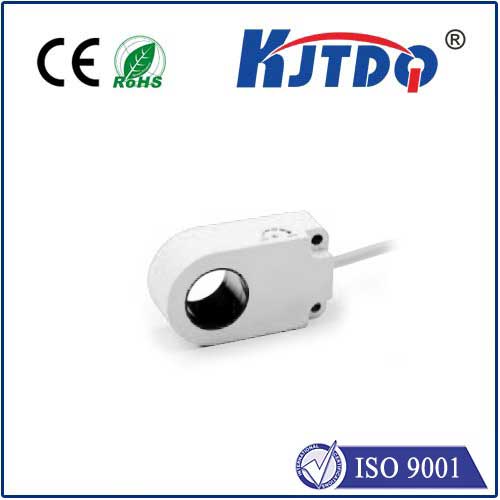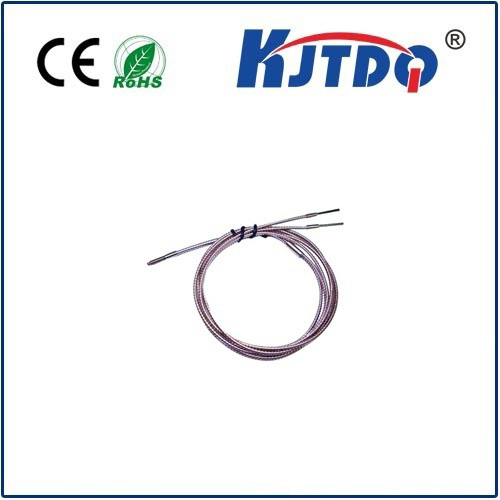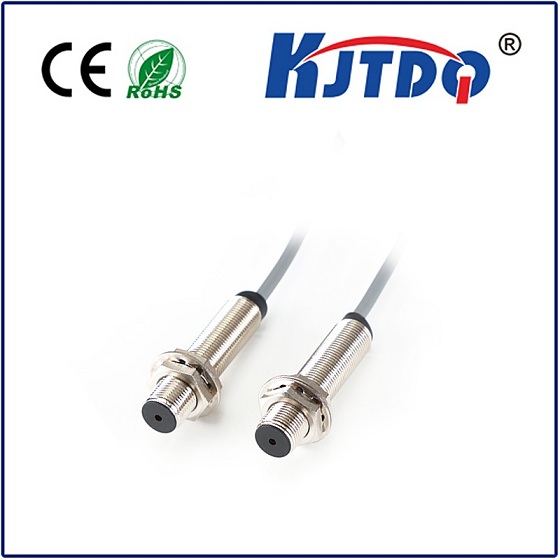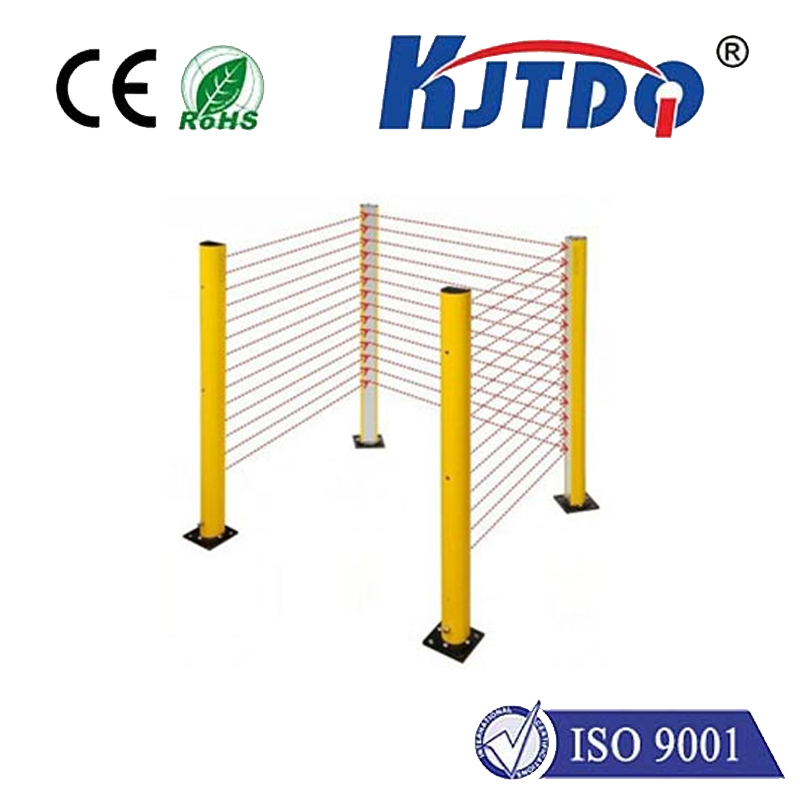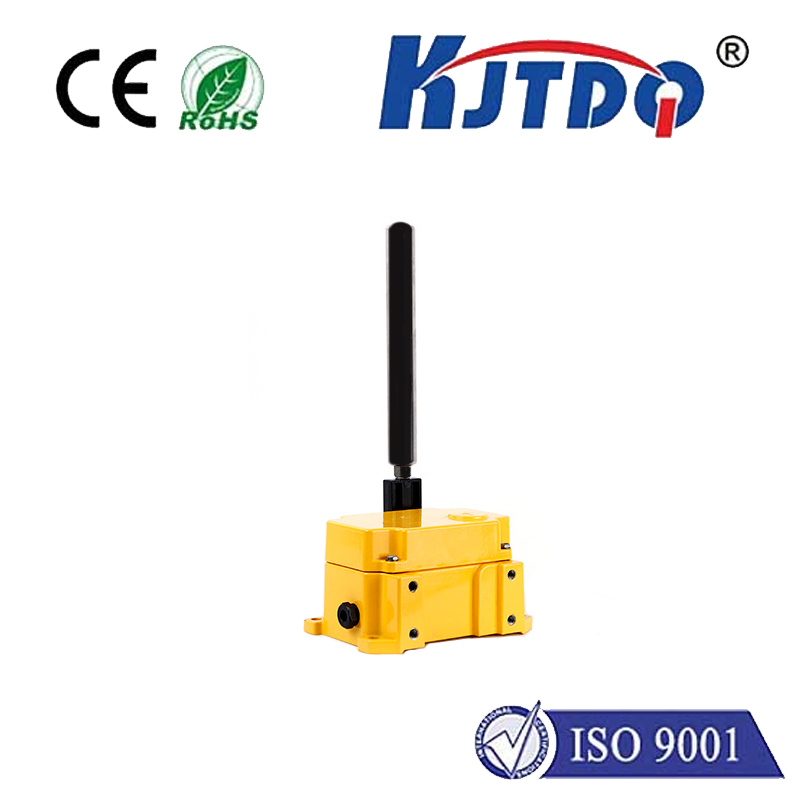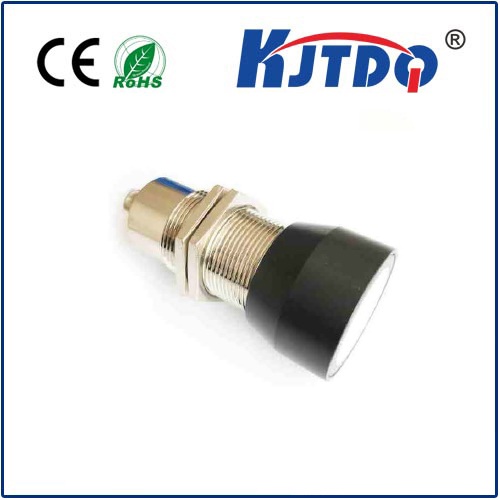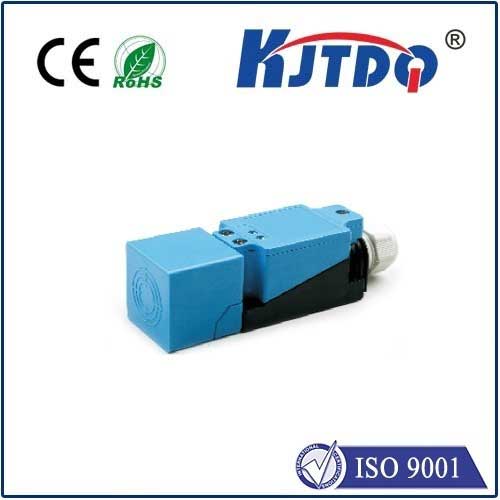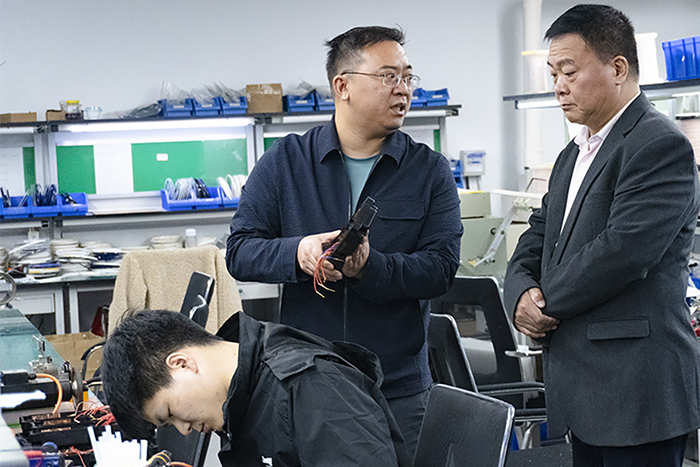
check

check

check
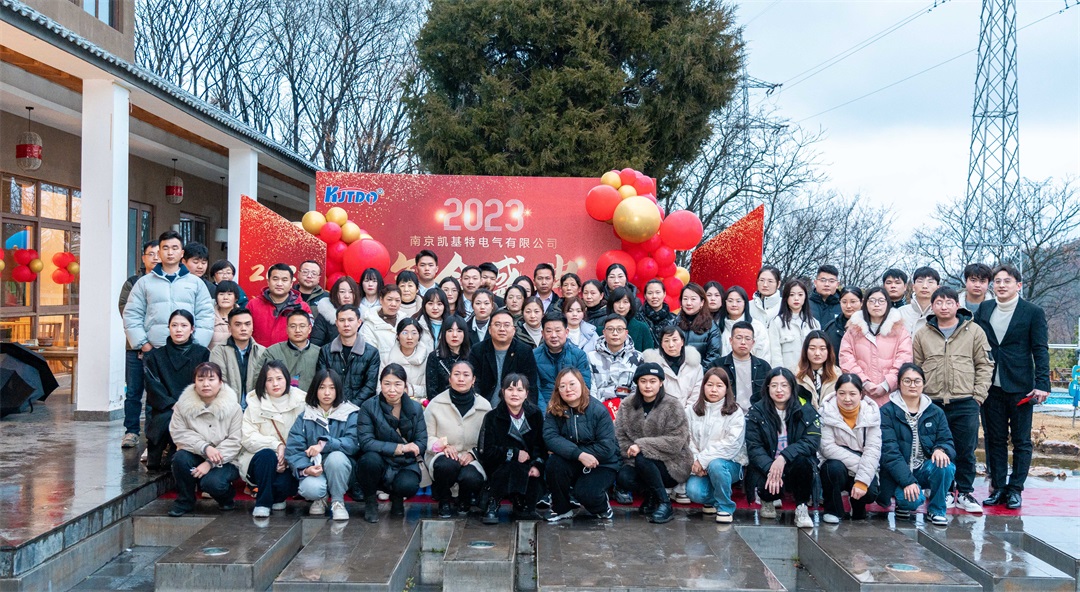
check
Regal LiDAR: Revolutionizing Precision in Modern Technology In a world where precision and accuracy are paramount, Regal LiDAR stands as a beacon of innovation. This cutting-edge technology is reshaping industries, from autonomous vehicles to environmental monitoring, by offering unparalleled data collection and analysis capabilities. But what exactly makes Regal LiDAR so special? Let’s dive into the intricacies of this transformative technology and explore its potential to redefine the future.
LiDAR, which stands for Light Detection and Ranging, is a remote sensing method that uses laser pulses to measure distances and create detailed 3D maps of environments. Regal LiDAR takes this concept to the next level by incorporating advanced algorithms, high-resolution sensors, and robust hardware to deliver unmatched precision and efficiency. Whether it’s mapping dense forests or guiding self-driving cars, Regal LiDAR is setting new standards in the field.
At its core, Regal LiDAR operates by emitting laser beams and measuring the time it takes for the light to bounce back after hitting an object. This data is then processed to generate highly accurate 3D representations of the scanned area. What sets Regal LiDAR apart is its enhanced resolution and faster processing speeds, which allow it to capture even the minutest details with remarkable clarity. For instance, in autonomous vehicles, Regal LiDAR can detect obstacles, pedestrians, and other vehicles in real-time, ensuring safer navigation. Similarly, in environmental science, it can map terrains with such precision that even subtle changes in topography are easily identifiable.
The versatility of Regal LiDAR makes it a game-changer across various industries. Here are some of its most impactful applications:
Autonomous Vehicles Self-driving cars rely heavily on LiDAR technology to perceive their surroundings. Regal LiDAR enhances this capability by providing sharper, more accurate data, enabling vehicles to make split-second decisions with confidence.
Environmental Monitoring From tracking deforestation to monitoring coastal erosion, Regal LiDAR is a powerful tool for environmental scientists. Its ability to capture detailed 3D maps helps researchers analyze ecosystems and predict environmental changes.

Urban Planning Cities are becoming smarter, and Regal LiDAR is at the forefront of this transformation. By creating precise 3D models of urban areas, planners can design more efficient infrastructure and improve public services.
Archaeology Unearthing the past requires precision, and Regal LiDAR delivers just that. Archaeologists use this technology to discover hidden ruins and map ancient landscapes without disturbing the sites.
Agriculture Farmers are leveraging Regal LiDAR to optimize crop yields and manage resources more effectively. By analyzing soil conditions and plant health, this technology is revolutionizing modern farming practices.
What makes Regal LiDAR stand out from traditional LiDAR systems? Here are some key benefits:
Unmatched Accuracy: With its high-resolution sensors, Regal LiDAR captures data with exceptional precision, reducing the margin of error.
Speed: Its advanced processing capabilities ensure that data is collected and analyzed in real-time, making it ideal for time-sensitive applications.
Versatility: From dense forests to bustling cities, Regal LiDAR performs flawlessly in diverse environments.
Cost-Effectiveness: Despite its advanced features, Regal LiDAR is designed to be cost-efficient, making it accessible to a wide range of industries.
As technology continues to evolve, the potential of Regal LiDAR is virtually limitless. Innovations in artificial intelligence and machine learning are expected to further enhance its capabilities, opening doors to new applications and industries. For instance, integrating Regal LiDAR with AI could enable more sophisticated object recognition and predictive analytics, paving the way for smarter cities and safer transportation systems. Moreover, the miniaturization of LiDAR components is making the technology more portable and affordable, allowing smaller businesses and researchers to harness its power. This democratization of Regal LiDAR is likely to accelerate its adoption across the globe, driving innovation and progress in countless fields.
While Regal LiDAR offers numerous benefits, it’s not without its challenges. One of the primary concerns is the high cost of implementation, particularly for small-scale projects. Additionally, the technology’s reliance on precise calibration means that even minor errors can lead to significant inaccuracies. Another consideration is the environmental impact of LiDAR systems. The energy consumption and material usage associated with these devices must be carefully managed to ensure sustainability. Despite these challenges, the advantages of Regal LiDAR far outweigh its limitations. With ongoing research and development, these issues are likely to be addressed, further solidifying the technology’s position as a cornerstone of modern innovation.
Regal LiDAR is more than just a technological advancement; it’s a paradigm shift in how we perceive and interact with the world around us. Its ability to deliver precise, real-time data is transforming industries and driving progress in ways previously unimaginable. As we continue to explore its potential, one thing is clear: Regal LiDAR is not just shaping the future—it’s defining it.
